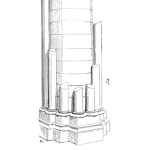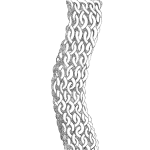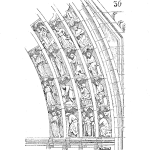
Dear friends, Institute of Quality and Reliability is happy to release this video on Reliability Testing Sampling Plans. In this is Part-2 of the video, Hemant Urdhwareshe has explained the Probability Ratio Sequential Test (PRST) and Fixed Length plans from MIL-Handbook-781. These include illustrated explanation of the plans and applicability.
We are sure, viewers will find this video useful!
Earlier, we released part 1 of the video, in which Hemant explained the concepts of sampling risks and operating characteristics (OC) curves.
We also suggest viewers to see our related videos on Hazard Rate and related concepts for better understanding of this video.
[Read more…]












